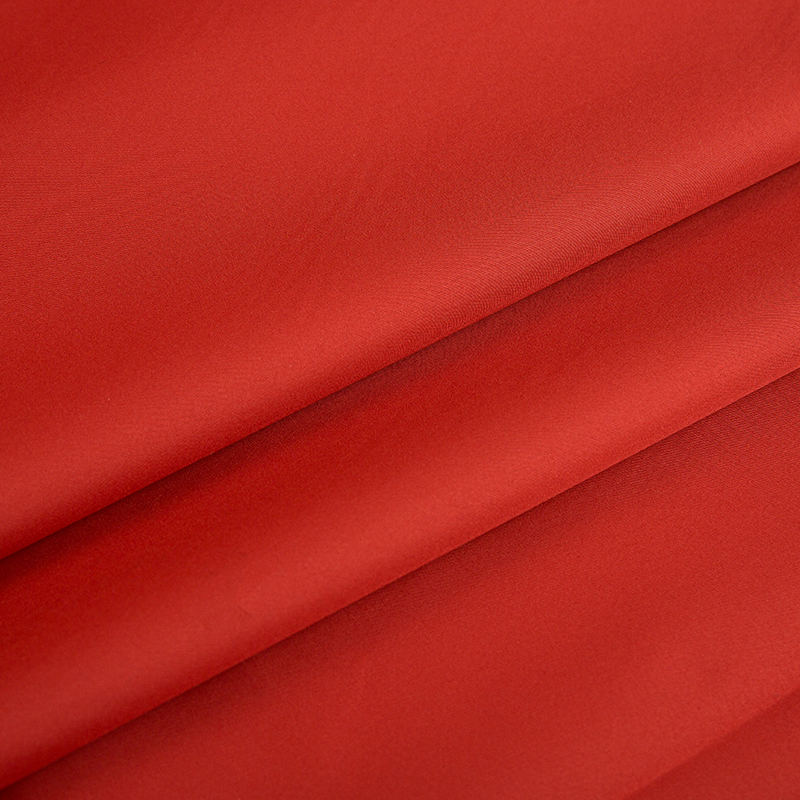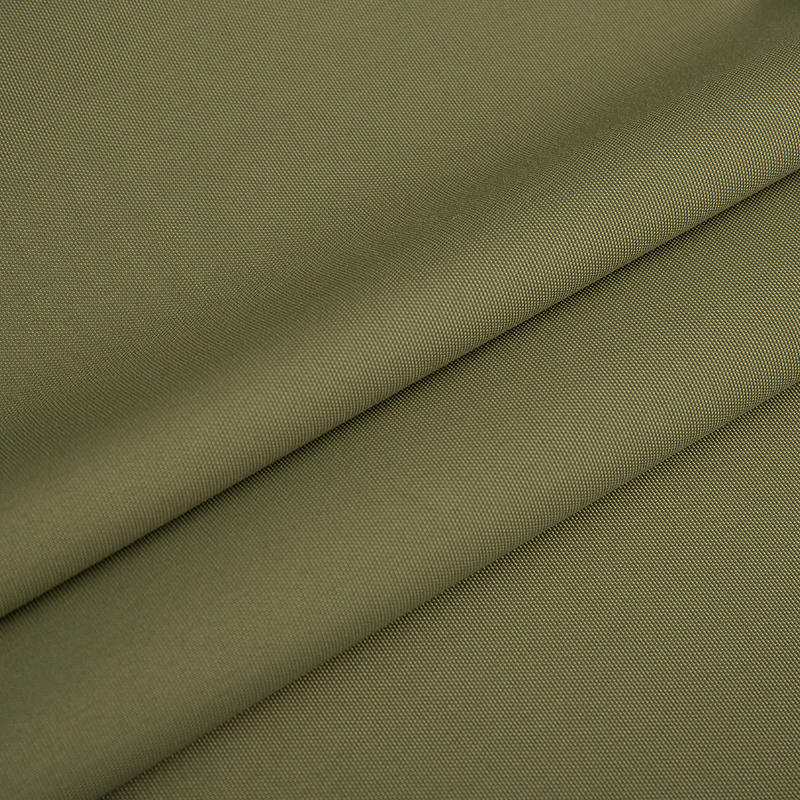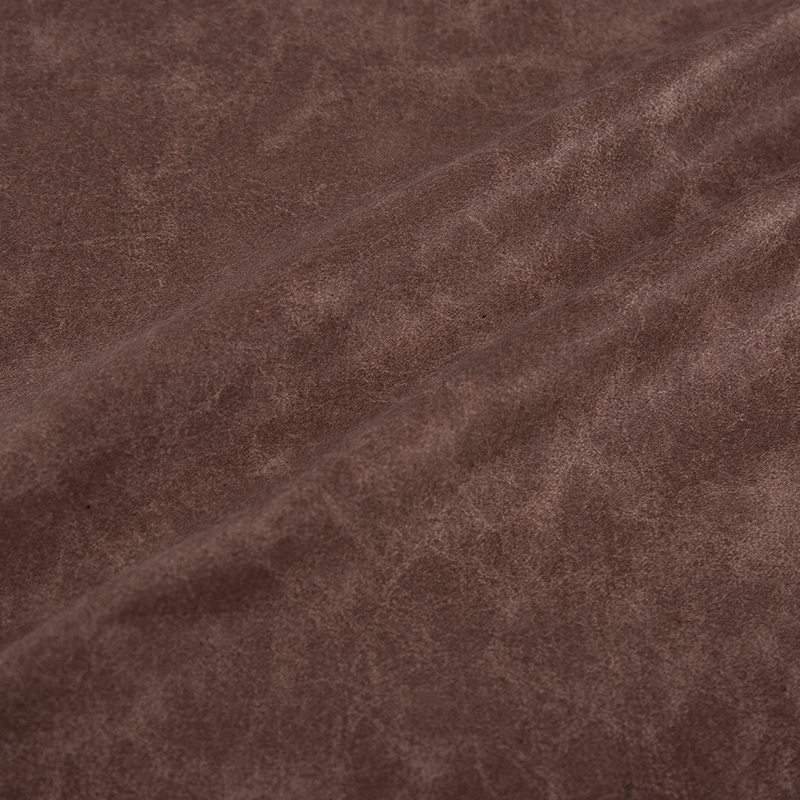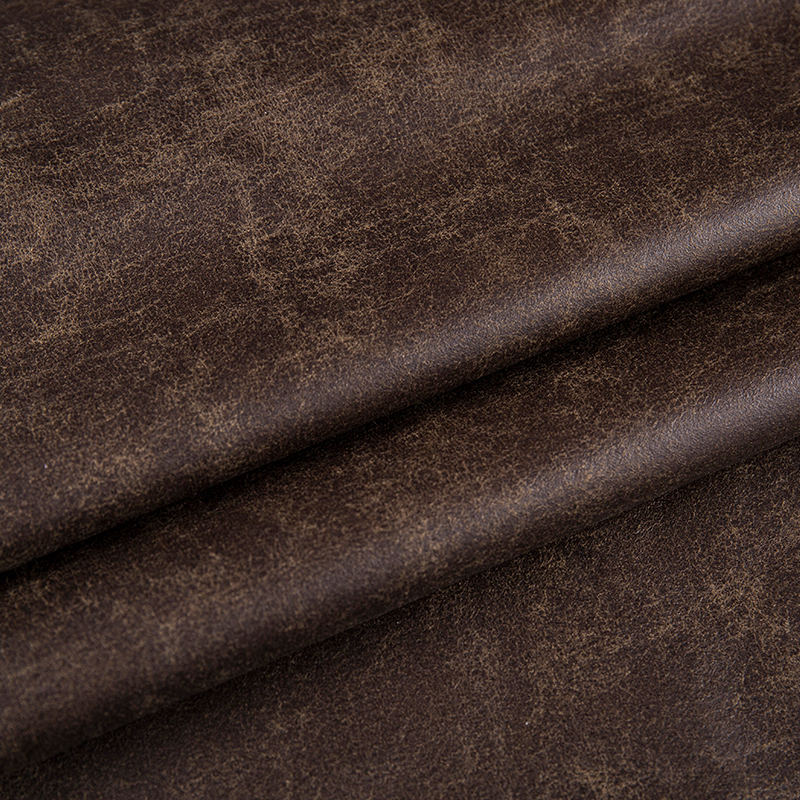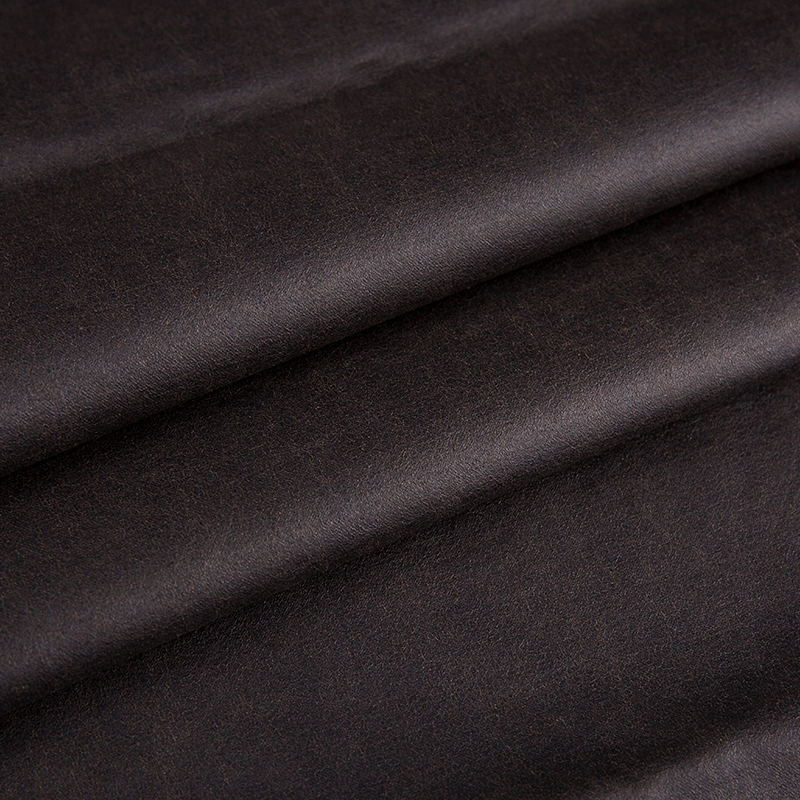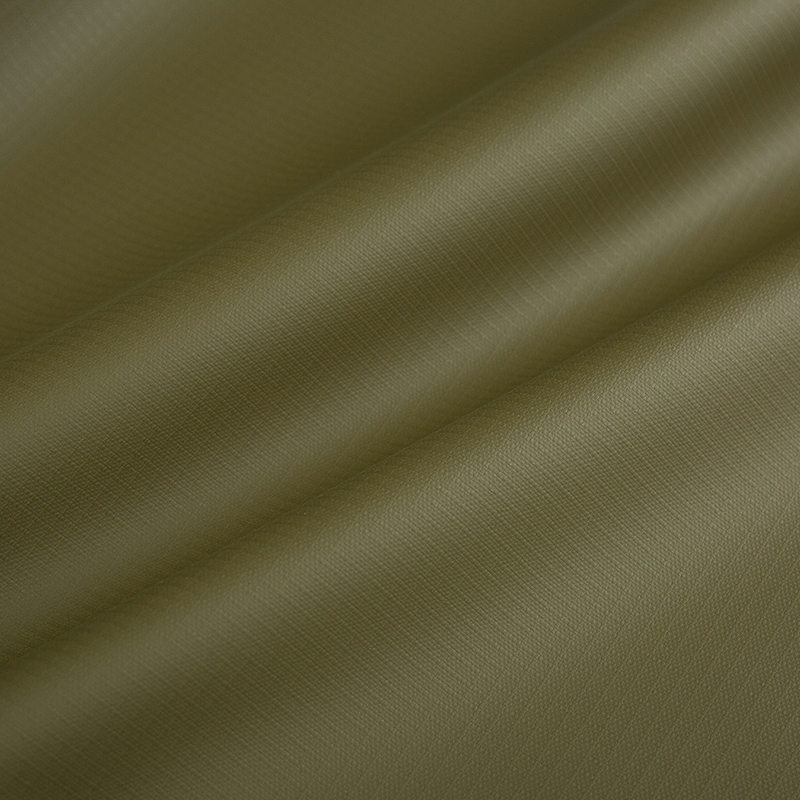In modern textile material science, the performance optimization of fabrics often depends on the synergistic combination of different fibers, rather than the ultimate performance of a single material. The uniqueness of the 120g silk-like cotton polyester-viscose fabric of Bubble Grid lies precisely in its precise fiber ratio and structural design, which makes polyester, viscose fiber and cotton components perform their respective functions and jointly construct a high-performance fabric that has both silk-like texture and transcends the limitations of natural fibers.
As a representative of synthetic fibers, polyester plays the role of skeleton in this fabric. Its high modulus and wrinkle resistance provide the necessary support for the fabric, allowing the fabric to maintain a stable structure while being light. Unlike ordinary polyester fabrics, the 120g silk-like cotton polyester-viscose fabric of Bubble Grid softens the rigid characteristics of polyester through fine denier fiber technology, so that it forms a mesh support at the microscopic level, rather than a rigid frame feeling. This treatment allows the fabric to maintain the original bubble grid three-dimensional structure even after multiple washings, avoiding the defect of easy collapse of general silk-like fabrics.
The introduction of viscose fiber makes up for the lack of comfort of polyester. As a regenerated cellulose fiber, viscose has similar moisture absorption and breathability to natural cotton and linen, but the controllability of its fiber morphology allows it to be more evenly distributed in the fabric, thereby optimizing the moisture management ability of the fabric. In the bubble grid 120g imitation silk cotton polyester viscose fabric, viscose fiber not only assumes the function of regulating the humidity of the microenvironment, but also enhances the visual texture of the fabric with its soft luster, making it closer to the silk-like effect. It is worth noting that the addition of viscose fiber is not a simple blend, but through a gradient distribution design, it accounts for a higher proportion in the inner layer close to the skin, thereby directly improving the skin-friendly experience of wearing.
The use of cotton components reflects the ingenuity of the fabric in optimizing the touch. Although cotton fiber is not as strong as polyester and its moisture absorption efficiency is not as good as viscose, its natural softness and temperature adaptability make it an ideal material for tactile mediation. The cotton in the bubble grid 120g imitation silk cotton polyester viscose fabric is not in the traditional form, but is a specially treated combed cotton fiber, whose surface hairiness is precisely controlled, which not only retains the fluffy feeling of cotton, but also avoids the disadvantage of easy pilling of ordinary cotton cloth. These cotton fibers are like buffer media in fabrics, establishing a transition layer between the rigid skeleton of polyester and the smooth characteristics of viscose, so that the fabric can convey a gentle texture at the moment of contact with the skin, rather than the cold and hard touch often found in synthetic fibers.
The core of this fiber synergy lies in the functional complementarity of different materials rather than simple superposition. Polyester provides structural stability, viscose optimizes moisture absorption and perspiration, and cotton adjusts the touch experience. The three form a dynamic balance through precise blending ratios and yarn structure design. For example, when the fabric is stretched by external force, the high resilience of polyester can quickly restore its shape, while viscose and cotton disperse stress through their own ductility to avoid local deformation; in a hot and humid environment, the rapid moisture absorption capacity of viscose can promptly wick away sweat, while the moisture storage characteristics of cotton fibers prevent the fabric from feeling sticky. This multi-level functional integration enables the 120g imitation silk cotton polyester viscose fabric to meet the requirements of high-end fashion for drape and durability, as well as the comfort requirements for daily wear.
From the perspective of textile engineering, the success of this fabric is also attributed to its unique bubble grid structure. This three-dimensional texture is not a simple visual design, but a micro-air chamber structure formed by the differential contraction of warp and weft yarns. These micro-air chambers not only enhance the breathability of the fabric, but also create more buffer space between the fibers, so that the fabric can disperse external forces through structural deformation when under pressure, rather than relying entirely on the strength of the fiber itself. This design further amplifies the synergistic advantages of different fibers - polyester ensures the stability of the air chamber structure, viscose maintains the moisture balance in the air chamber, and cotton softens the touch of the air chamber edge, making the overall fabric light and fluffy, but not easy to collapse.



